Last year, consumers spent more than $9 billion dollars online on Black Friday. E-commerce spending in general has climbed steadily since the pandemic. Following the sharp increase in online holiday sales back in 2020, consumers have grown to appreciate the ease of doing their shopping online instead of in stores and discovering potential bargains at their fingertips.
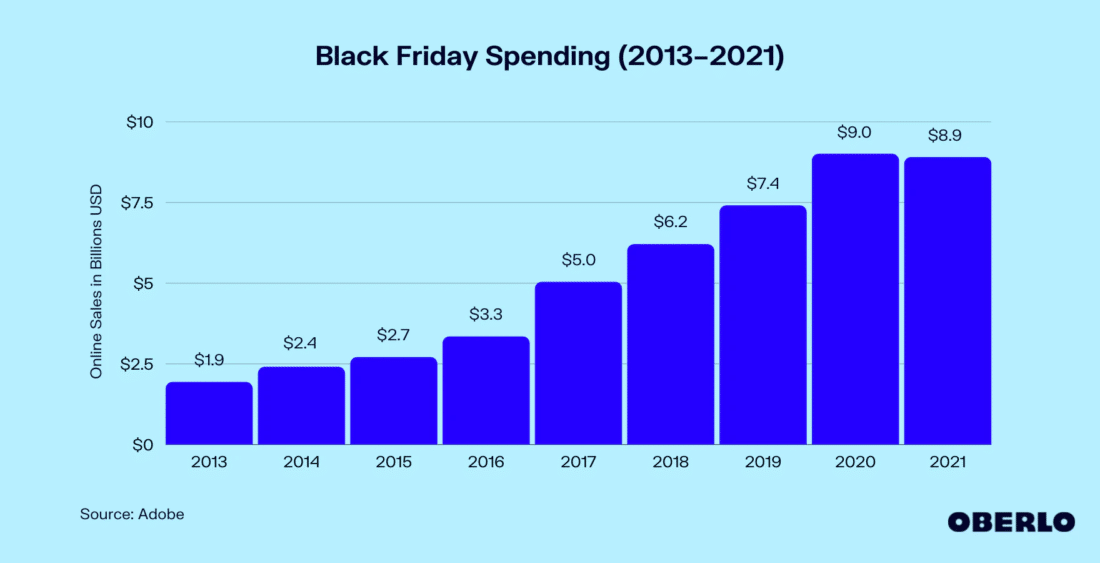
The Numbers
What kind of holiday shopping season can we expect in 2023? According to Deloitte’s annual holiday retail forecast, holiday retail sales are likely to increase this year between 3.5% and 4.6%. They’re also forecasting that sales from November 2023 to January 2024 will reach between $278 billion to $284 billion. Mobile sales alone account for almost 45% of U.S. e-commerce sales.
That said, a longer holiday season can be a boon to retailers. As long as customers are willing to spend their money.
A survey conducted by AlixPartners found that 26% of consumers intend to spend less than they did last year, which increases to 38% for lower-income households. This could be due to inflation, higher interest rates and high credit card debt.
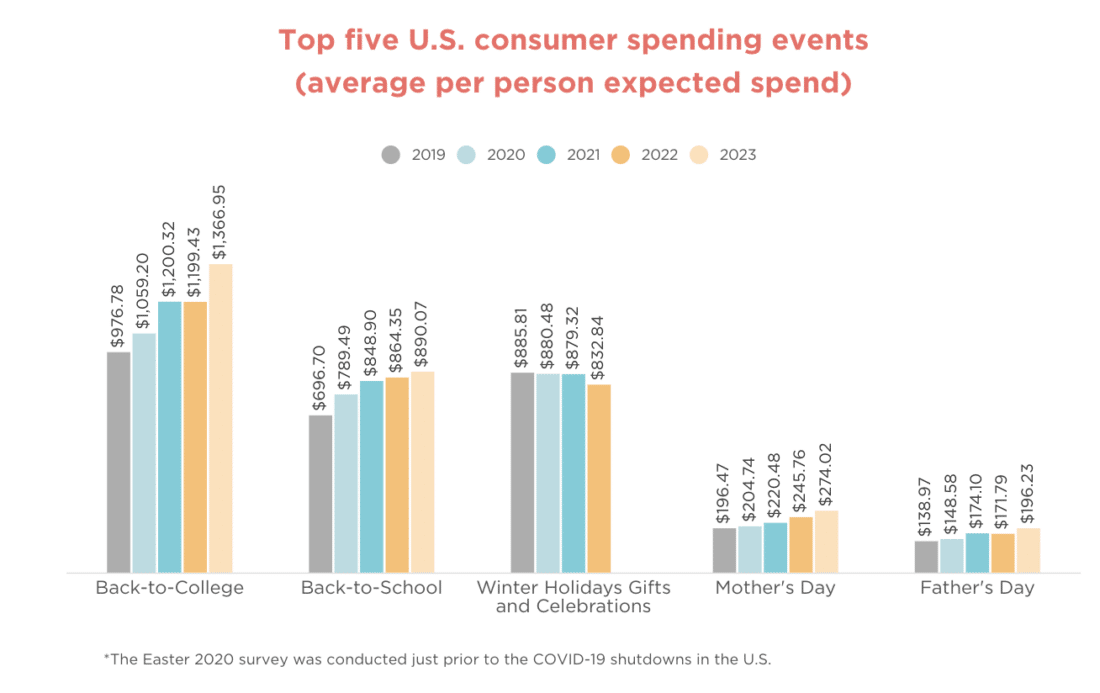
The Experience
Consumers are increasingly looking for that intimate shopping experience they find in-store, one that can be difficult for e-commerce to replicate. In fact, Buy Online, Pick Up in Store (BOPIS) is expected to drive $28B in global store sales. Shoppers are also using stores as fulfillment centers for in-store returns of online purchases.
In order to attract shoppers and convert them into customers, your website design and functionality needs to show up more than that of your competitors.
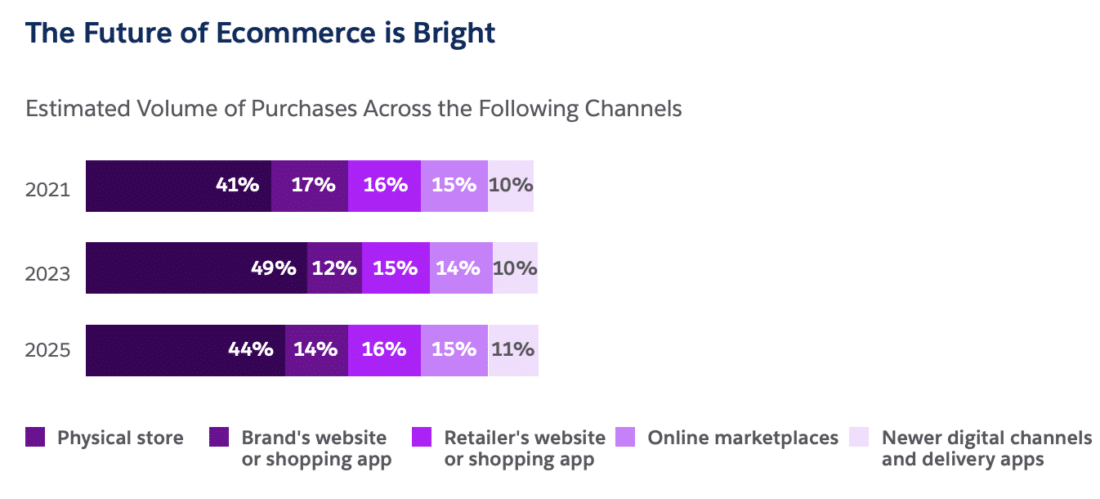
For example, e-commerce sites with effective content marketing saw six times higher the conversion rate as those without a solid content strategy. Studies have shown that compelling content can help promote your products in the short-term while engaging your customers in the long-term.
A HubSpot survey found that over half (56%) of consumers actually make a purchase after reading a blog post. There are specific advantages to improving content on WordPress sites such as theme and design updates, as well as overall site optimization. Optimizing your site involves taking existing content and making it more discoverable, searchable and readable.
Customer engagement is key to cultivating conversions. According to the newly released Connected Shoppers Report by Salesforce, 74% of shoppers say it takes no more than three bad experiences for them to abandon a brand.
The Loyalty Programs
According to a study from Salesforce, “State of the Connected Customer,” 73% of customers expect a personalized experience addressing their overall needs but 56% say they still feel like a number.
The holidays present an ideal opportunity to focus on customer acquisition and the ultimate transition to customer loyalty. It’s also a perfect time to offer incentives like coupons and free shipping. Creating a special and individualized experience is a critical part of attracting both your existing audience as well as the new customers you’re trying to target.
However paying more attention to keeping your existing customers will, in the long run, provide a greater ROI and foster a greater sense of brand loyalty. In fact, studies have shown that it costs more to acquire a new customer than it does to retain an existing one.
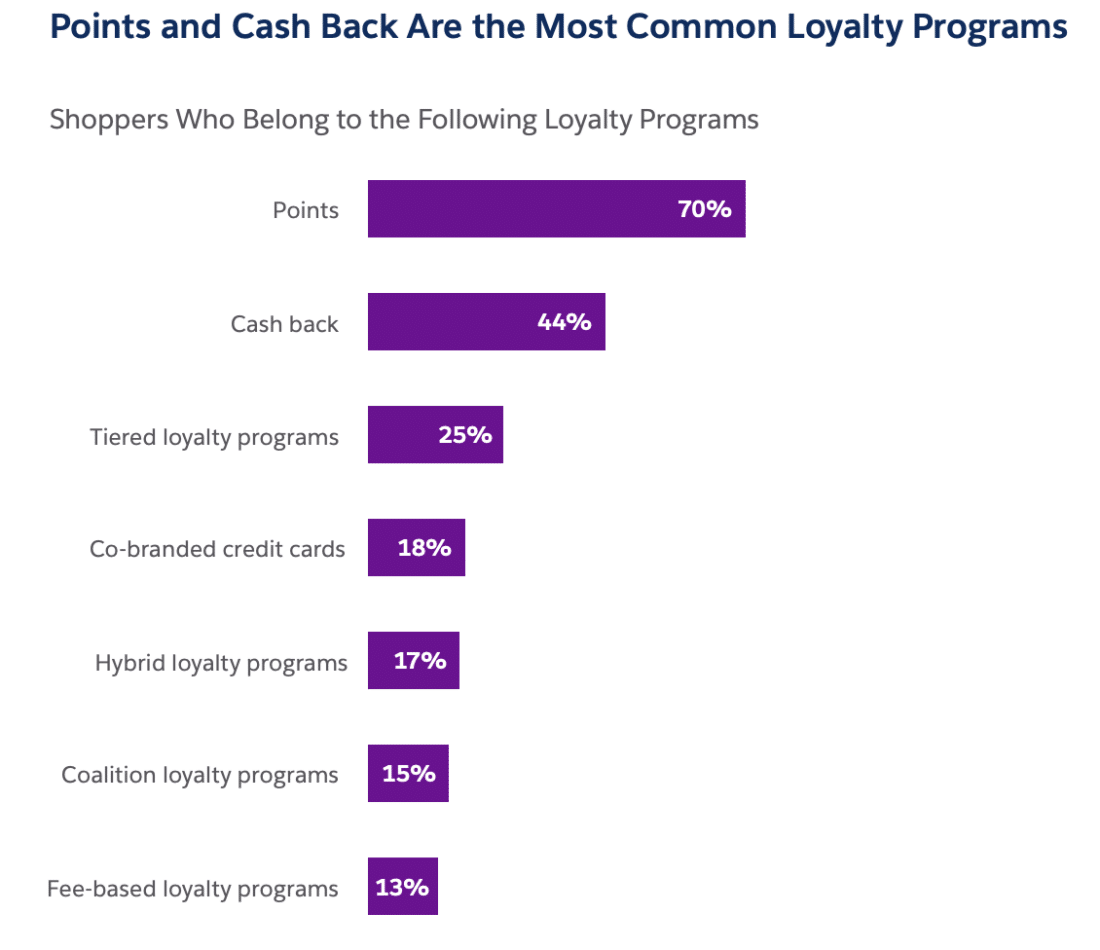
The Platform
Close to 94% of WordPress online stores choose the free, user-friendly WooCommerce plugin. This customizable plugin can make updates and improvements on your website, effectively turning it into a fully-functioning online store and creating a more intuitive shopping experience for your target audience. Currently, over three million websites use WooCommerce.
WooCommerce brings two sizable advantages to the table: page speed and scalability, both of which facilitate an efficient customer experience from start to finish, and from browse to buy. Scalability impacts almost every phase of the buyer journey, from managing the shopping cart to streamlining the checkout process.
The Bots
Salesforce expects AI to influence $194B in global online spending. Over 90% of retailers say they’re investing in AI now more than ever to improve their shopping experiences.
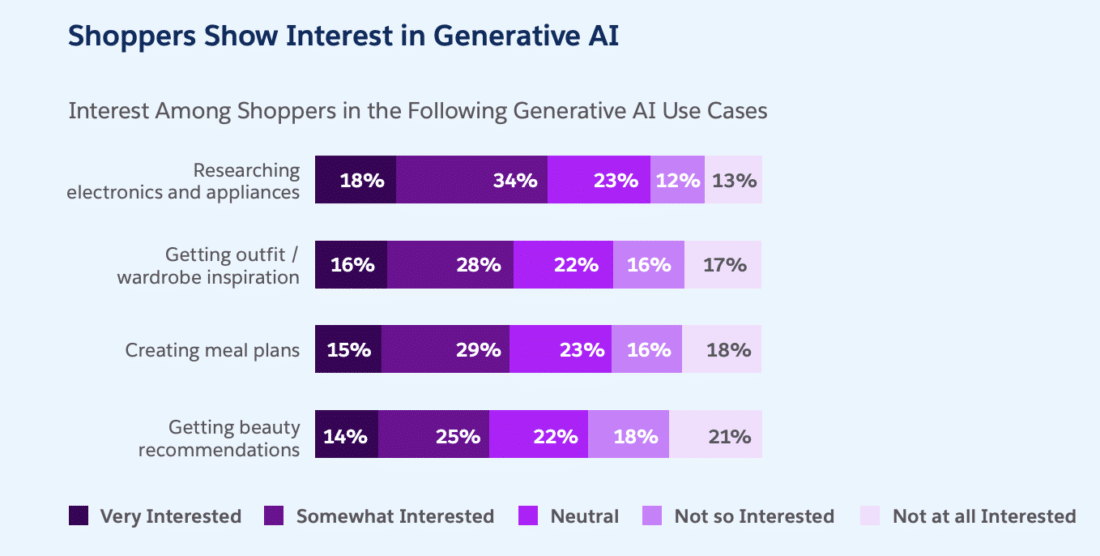
Chatbots and AI-powered virtual assistants can help you improve your customer service through conversing with visitors, reponding to queries and providing product and service recommendations. These recommendations can be customized based on past purchases, page views and more. They can also provide personalized offers based on previous purchases.
This year over 70% of survey respondents said they will be researching products and prices online prior to purchase through product reviews, price checks, and gifting ideas.
In addition, 10% of consumers say they’ll use ChatGPT in their shopping experience. And ChatGPT can basically read a consumer’s mind with a simple query. Although stores may not be able to compete with AI, they can still use it to their advantage during this holiday season.
Image by Mashiro Momo from Pixabay


0 Comments